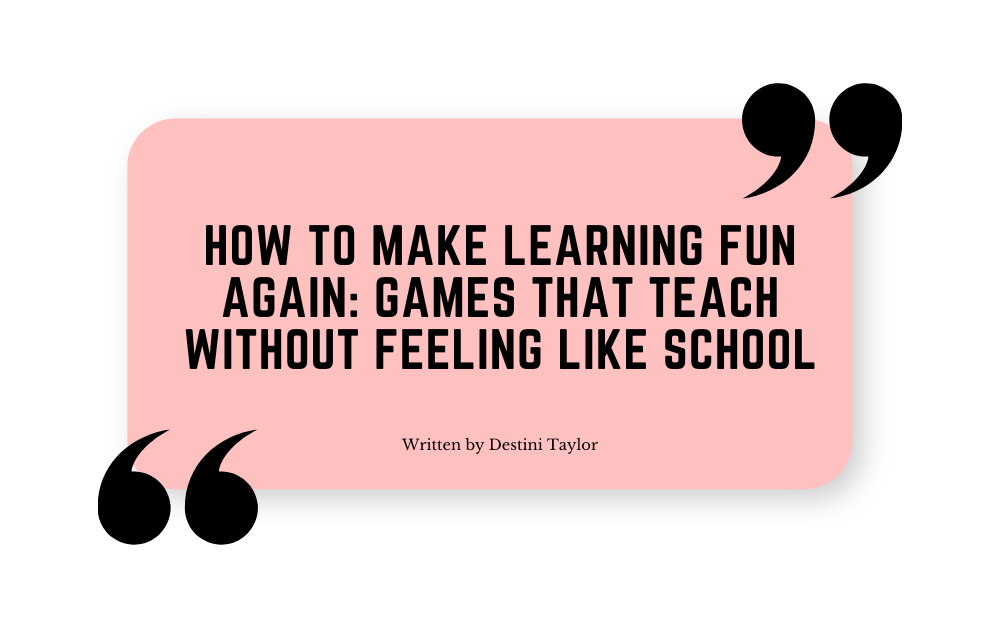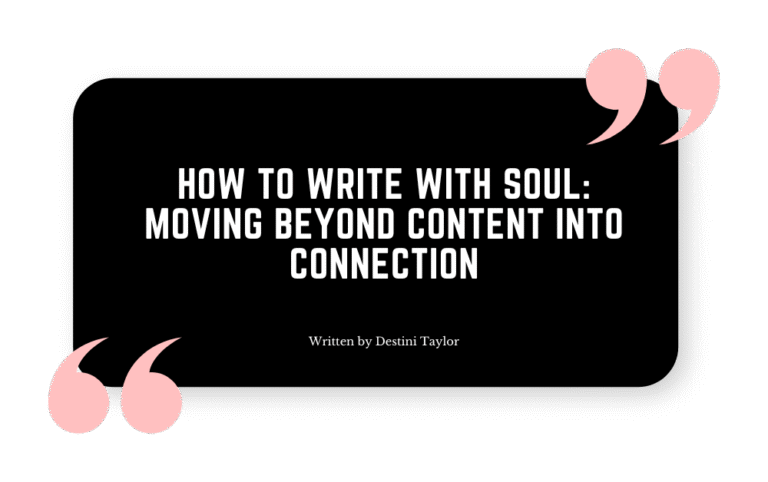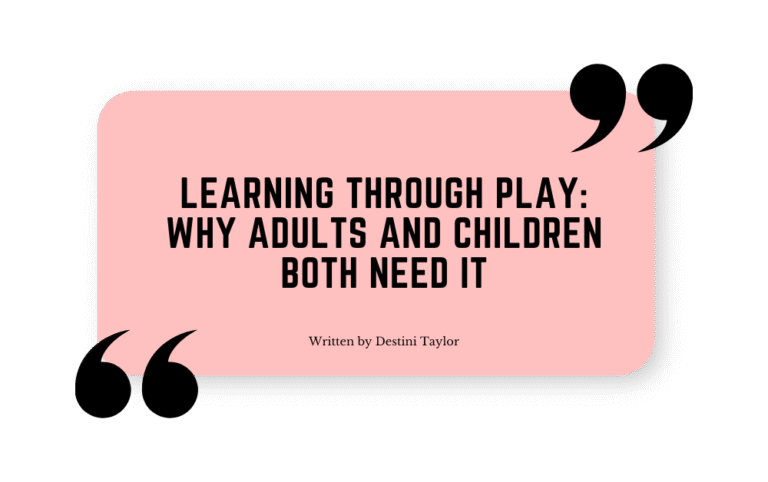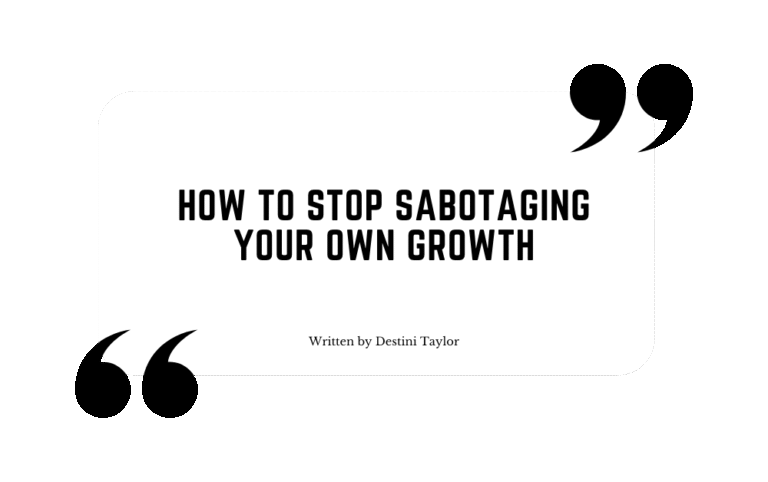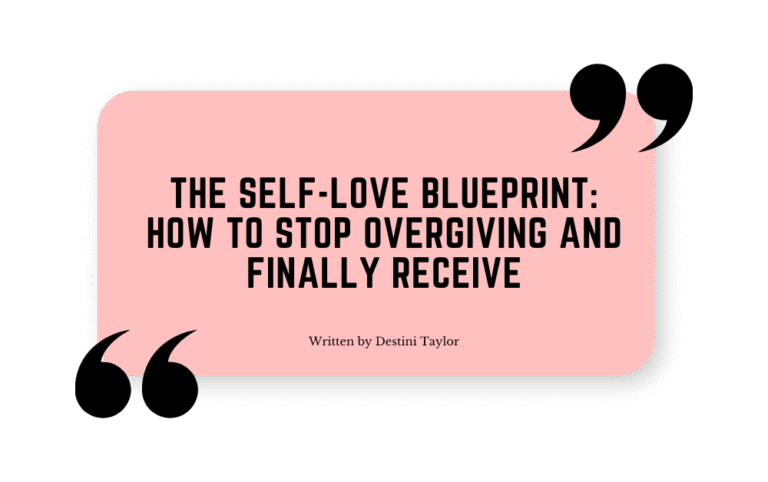Turn education into an experience with tools designed to inspire.
Why Learning Often Feels Like a Chore (and Why It Hurts Us)
Think back to the last time you tried to learn something new. Did it feel like discovery—or did it feel like pressure? For many, learning has become a chore.
- In relationships, a husband may feel like every lesson from his partner sounds like criticism. Instead of growing together, they clash and distance grows.
- At work, employees sit through endless presentations that sound important but leave them with nothing memorable. They sign attendance sheets, but their minds check out.
- At home, children fight against homework, while parents push harder, and everyone ends up frustrated instead of curious.
The same thing happens to adults outside of school. How many of us buy online courses and never finish them? Or sign up for workshops only to forget most of what we heard by the time we get home?
These moments show why learning feels heavy. It isn’t that people don’t want to grow—it’s that the process is stripped of joy. When discovery is reduced to performance, the spark of curiosity dims.
The Hidden Cost of Boring Learning
When learning feels like work instead of play, the damage shows up everywhere:
- Emotionally, boredom drains motivation. Studies confirm that retention drops by nearly 60% when training is passive instead of interactive. That means most traditional methods aren’t just ineffective—they’re wasteful.
- Relationally, kids push back against parents, couples avoid hard conversations, and colleagues tune out leaders who only lecture. Instead of pulling people together, learning drives them apart.
- Professionally, growth stalls. Skills are forgotten as quickly as they’re introduced. LinkedIn’s Workplace Learning Report revealed that 49% of employees disengage from training they find irrelevant or dull. That’s nearly half the workforce quietly checking out.
- Spiritually, the joy of discovery—the feeling that learning connects us to something bigger—is lost. When we stop seeking meaning, we shrink into routines instead of expanding into possibility.
This isn’t just inconvenient. It’s dangerous. Curiosity is the soul’s oxygen. Without it, individuals stagnate and communities weaken.
That’s why tools like The Mirror Within Game are so powerful. Instead of lectures, they invite reflection through play. Explore The Mirror Within Game and you’ll see how learning can feel alive again.
Why Traditional Approaches Keep Failing
Even when people try to fix the problem, they often fall into the same traps. Here are three recurring patterns that keep learning from being fun again:
- Mistaking repetition for mastery
Schools, jobs, and even relationships often rely on drilling the same content. But doing something over and over doesn’t guarantee understanding. A child forced to copy math problems 20 times isn’t gaining skill—he’s gaining resentment. An employee repeating safety slides doesn’t mean they’ll know what to do in a real crisis. Repetition without engagement builds fatigue, not mastery. - Confusing seriousness with success
Many believe that if learning doesn’t feel serious, it isn’t working. Yet neuroscience tells us the opposite: play activates the brain’s reward centers, making memory stronger. Think about it—how often do you remember a funny story or a game years later, while lectures fade after days? Play is productive because it sneaks learning past resistance. - Treating mistakes as failure
Most systems shame mistakes instead of celebrating them. A student mocked for a wrong answer learns not to speak up again. A new employee penalized for trying the wrong method learns to play small. But mistakes are data—clues pointing to the next step. Without safe room to fail, learners stop trying altogether.
These traps explain why lectures, worksheets, and endless slides rarely work. They aren’t broken because of lack of effort—they’re broken because they ignore how humans actually learn.
Shifting the Mindset: How to Reclaim Curiosity
To make learning fun again, we must reframe it—not as a duty, but as an adventure. Here are three mindset shifts that unlock possibility:
- Learning is discovery, not proof
You don’t have to “prove” your intelligence through performance. Each new idea is an invitation to expand, not a test to pass. Imagine picking up a book not to ace a quiz but to see what truth jumps out and changes you. That shift alone turns pressure into possibility. - Play is productive
Play isn’t wasted time. It is practice disguised as fun. Children know this instinctively—but adults need to remember it. A board game teaching emotional intelligence, a journaling exercise framed as a challenge, or a trivia contest about work policies all prove the point: laughter and learning belong together. - Curiosity beats compliance
When people feel forced to learn, they resist. When they’re curious, they dive in freely. Imagine an employee leaning forward in a training not because they must, but because the activity makes them wonder what comes next. Curiosity isn’t just a preference—it’s the most sustainable fuel for lifelong growth.
These shifts remind us: you don’t grow when you’re forced. You grow when you’re free.
Turning Education Into an Adventure
Now let’s make this practical. Here are seven steps you can take to bring fun back into learning—whether you’re a parent, teacher, partner, or just someone trying to grow.
1. Turn Lessons Into Challenges
Instead of saying, “I need to finish this,” try reframing: “Can I find one insight here that changes how I see things?” The challenge creates curiosity and makes even small tasks feel like quests. Parents can use this by asking kids to “find the trickiest word in the story” instead of “finish your reading.” Adults can do the same by spotting one “aha” moment in a training instead of memorizing everything.
2. Use Playful Tools
Games like Amanda’s Café: The Self-Worth Board Game turn reflection into an experience. Discover Amanda’s Café Self-Worth Board Game and you’ll see how self-worth, boundaries, and healing can be learned through playful exploration. Imagine sitting with a friend, pulling a card that asks, “Where did I learn my definition of love?” Suddenly, learning feels less like a lecture and more like discovery.
3. Mix Storytelling With Learning
Stories stick. A teacher telling a math lesson through a cooking story, a leader using a sports story to explain teamwork, or a parent using family history to teach resilience all anchor lessons in memory. People forget instructions but remember stories for years.
4. Celebrate Mistakes as Clues
Treat errors as feedback. A child who spells a word wrong is showing you what sounds confuse them—that’s useful data. An employee who tries a new approach that doesn’t work shows initiative that can be refined. When mistakes are safe, learners risk more—and learn faster.
5. Anchor Reflection With Journals
After playing a game or finishing a task, pause to reflect. A few minutes of journaling transforms experience into wisdom. Adults can write a quick “What surprised me today?” Children can draw a picture of the funniest moment in the activity. Journaling cements lessons while making the process personal.
6. Make It Social
Humans are wired for connection. Group learning games spark collaboration, deepen bonds, and keep energy high. A trivia night at work, a family game that teaches empathy, or a small group challenge in class turns learning into shared energy instead of lonely effort.
7. Celebrate Small Wins
Games remind us that every step counts. Honor small victories as much as milestones. Parents can celebrate a child mastering one new word. Leaders can acknowledge an employee for trying a new skill. These small wins build momentum toward bigger breakthroughs.
Imagining a Future Where Learning Feels Alive
Picture three different futures if learning felt like play again:
- At home: A father and daughter sit at the table. Instead of fighting over homework, they laugh through a card game that teaches problem-solving. She grows confident, and he feels closer to her than ever.
- At work: A manager replaces dull slide decks with interactive challenges. Employees leave energized, remembering far more than they did before. Engagement rises, but so does loyalty. People don’t just work harder—they work happier.
- In relationships: A couple turns conflict into a game of “What can I learn about you today?” Instead of defensiveness, curiosity fuels closeness. Their connection deepens, not because they avoided tension, but because they turned tension into play.
Tools like I Speak Life Into Men: Journal Edition help here too. This guided journal invites truth-telling and emotional growth, turning reflection into a form of play. Start your journal journey here.
This is the future of learning—not school, but discovery.
Closing: Your Next Step Toward Playful Learning
If you’ve ever felt like learning was draining instead of inspiring, remember this:
- You don’t need to prove yourself through performance—you only need to stay curious.
- You don’t have to carry the weight of boring methods—there are playful tools waiting for you.
The next step is simple: try one. Pick up a game, open a journal, or start a challenge. See what happens when learning feels like freedom again.
Because education isn’t just about knowledge—it’s about presence, play, and becoming more alive.
Resources
If you’re ready to make learning fun again, here are three powerful tools designed to help:
- The Mirror Within Game — a printable self-reflection board game that transforms healing into play.
- Amanda’s Café: The Self-Worth Board Game — a soulful game that turns boundaries and clarity into adventure.
- I Speak Life Into Men: Journal Edition — a guided journal that turns truth-telling into transformation.
Start Here: Poetry, Healing & Transformation — your permanent hub for growth and tools that inspire.

